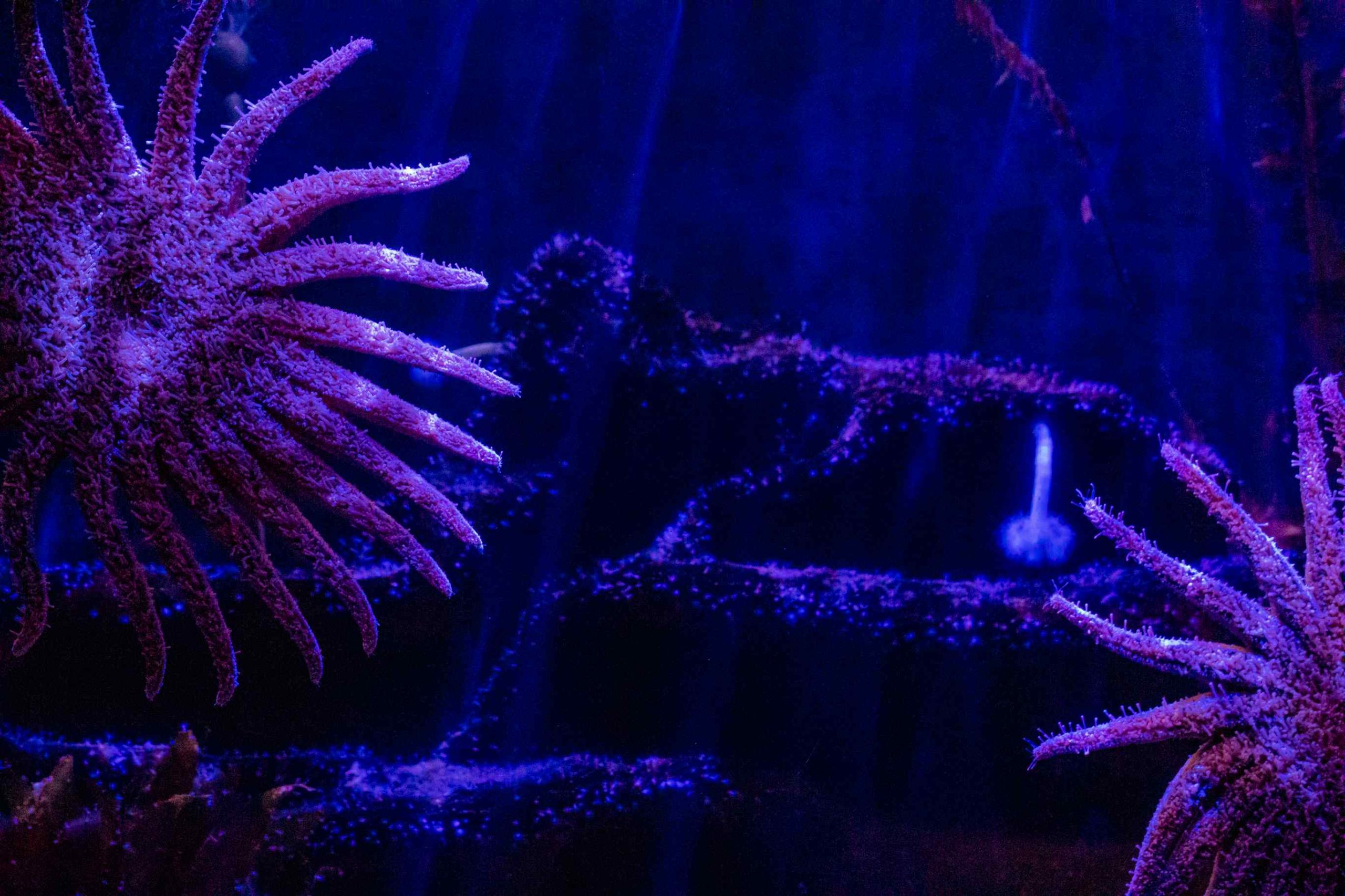In a remarkable victory for marine conservation, the Birch Aquarium at Scripps Institution of Oceanography, UC San Diego, has successfully spawned three Sunflower Sea Stars. This achievement, accomplished in collaboration with several renowned institutions, marks a significant step toward saving the species, which is critically endangered and considered functionally extinct in regions like California and Oregon.
Collaborative Efforts to Counteract Extinction
The complex endeavor involved teamwork between the Aquarium of the Pacific, Steinhart Aquarium at the California Academy of Sciences, San Diego Zoo Wildlife Alliance (SDZWA), and the Sunflower Star Laboratory. This monumental success underlines the shared commitment among these organizations to revitalize the dwindling populations of these marine creatures, particularly affected by the mysterious Sea Star Wasting Disease that has decimated their numbers over the past decade.
Understanding the Importance of Sunflower Sea Stars
Melissa Torres, an aquarist at Birch Aquarium, expressed the urgency and collaborative spirit of these conservation efforts. “Our collective goal is to save them from extinction,” she emphasized, acknowledging the Sunflower Star’s essential role in maintaining the health of kelp forests by controlling sea urchin populations.
The Roadmap to Recovering Sunflower Sea Star
This groundbreaking work is part of a broader strategy known as the “Roadmap to Recovery,” supported by various professionals and institutions under the Association of Zoos and Aquariums (AZA) Saving Animals From Extinction (SAFE) Sunflower Sea Star program. The roadmap outlines a comprehensive approach to restore the species along the West Coast.
Advances in Reproductive Science
The spawning process at Birch Aquarium was meticulously orchestrated. Specialists administered a specific concoction of hormones to induce spawning in the sea stars, leading to the exciting revelation of their sexes—information that was previously unknown.
Cryopreservation: A Future-Proof Strategy
Remarkably, the sperm cells collected during this process were cryogenically frozen for future conservation efforts, contributing to a genetic reservoir that could be pivotal for the species’ survival. Nicole Ravida, from SDZWA, shared insights on the successful cryopreservation techniques, highlighting that thawed sperm had previously led to a 90 percent successful development rate into larvae.
Looking Towards the Future
Looking ahead, the Birch Aquarium and its partners are planning more spawning initiatives to enhance genetic diversity within Sunflower Star populations. Riah Evin, a senior biologist at Steinhart Aquarium, voiced the collective ambition: “We are hopeful that within the next five to ten years our coalition can work with California Fish and Wildlife to release animals raised in our facilities into the wild and re-establish local populations of Sunflower Stars.”
United for Conservation
In fact, this coordinated effort, blending unique strengths and resources from each institution, embodies a profound commitment to marine conservation. It underscores the power of collaboration in addressing environmental challenges and offers a beacon of hope for the Sunflower Sea Stars’ future amidst the ongoing struggle against ecological threats.
In essence, this structure helps break down the information into digestible sections, guiding the reader through the various stages of the process, collaborative efforts, scientific advances, and future prospects. Each heading serves as a signpost, summarizing the upcoming content and making the article more accessible and engaging.






